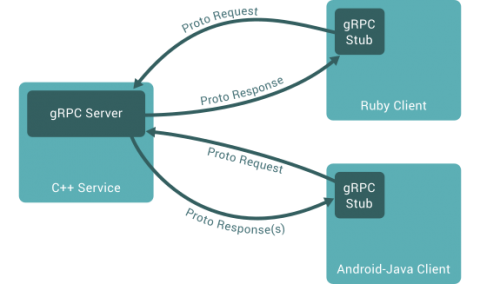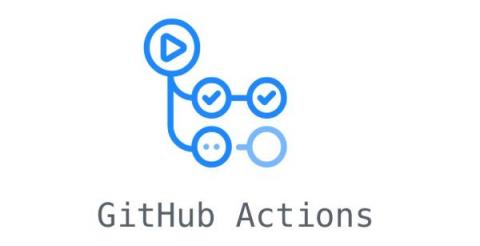Operations | Monitoring | ITSM | DevOps | Cloud
API
The latest News and Information on API Development, Management, Monitoring, and related technologies.
How we optimized Python API server code 100x
Python code optimization may seem easy or hard depending on the performance target. If the target is “best effort”, carefully choosing the algorithm and applying well-known common practices is usually enough. If the target is dictated by the UX, you have to go down a few abstraction layers and hack the system sometimes. Or rewrite the underlying libraries. Or change the language, really. This post is about our experience in Python code optimizations when whatever you do is not fast enough.
How (not) to test signup and keep your CEO happy
One of Checkly's strengths is the capability to monitor key transactions on your site. It'd be missed opportunity if we didn't reuse it to monitor our own product! But for some important flows that comes with a couple of pitfalls. In this post, we'll take a closer look at how we monitor one of our top key flows: signup.
Golang Testing Frameworks for Every Type of Test
While Go provides a testing package and a go test command, the former only offers basic testing capabilities. The package also has some drawbacks, such as missing assertions and increasing repetition with large-scale tests. As a result, several Go testing frameworks have been created to augment it. Go testing frameworks consist of tools and resources for creating and designing tests. Some of these frameworks incorporate the testing package and go test command, while others take a different approach.
Announcing HAProxy Data Plane API 2.5
The focus of the 2.5 version was on expanding support for HAProxy configuration keywords, and that’s where most of the effort during this release cycle was spent. We will continue doing that during the next couple of versions to gain complete feature parity with both the HAProxy configuration and Runtime API so that you can use the Data Plane API as a full-featured way to configure HAProxy.
Using gRPC with Python
Microservice is now the architecture of choice for many developers when crafting cloud-native applications. A microservices application is a collection of loosely coupled services that communicate with each other, enhancing collaboration, maintainability, scalability, and deployment. There are several options for enabling this communication between microservices. REST is the most popular among developers, sometimes used synonymously with APIs. However, gRPC can be a better alternative to REST.
Getting Started with Skaffold for Kubernetes Deployments
Kubernetes has experienced rapid growth over the years, with a recent post from the Cloud Native Computing Foundation reporting a userbase increase of about 67% in just the past year. Kubernetes is a container orchestration platform that automates how containers are deployed, how they communicate, and how traffic is routed between them; it also scales configurations for both the containerized workloads and the underlying infrastructure that comprises the cluster.
SauceLabs & PagerDuty Notifications Channel for API Tests & Monitors
Auto-generate Postman Collections from traffic
Postman is a great tool for API testing during development. It’s GUI is simple to learn and ubiquitous. However, manually writing test cases for local development gets tedious fast if you have a lot of endpoints. Meticulously entering every detail for every use case takes forever. Also, if you get one HTTP Header or parameter wrong, it can take hours to diagnose. And even when it’s done, the API tests are almost immediately out of date because the API contract changes.
For Every Github Action...
On Nov 13, 2019 Github made it’s CI/CD solution GitHub Actions generally available to the world. Since then tens of thousands of shared workflows have been published. It is now the default for most Github projects given how easy it is to integrate with an existing repo. Projects of all sizes have adopted it from our homegrown Terraform module to the Docker Cli. This is why at Speedscale we’ve published a template for how to use Speedscale in conjunction with GitHub Actions.










